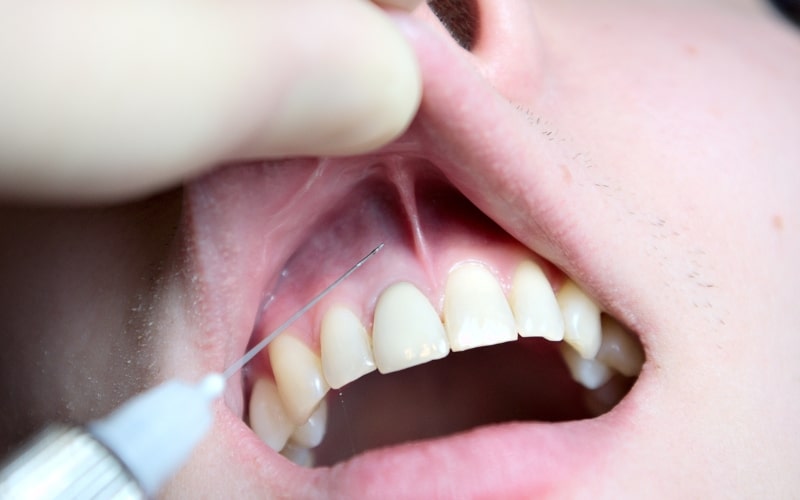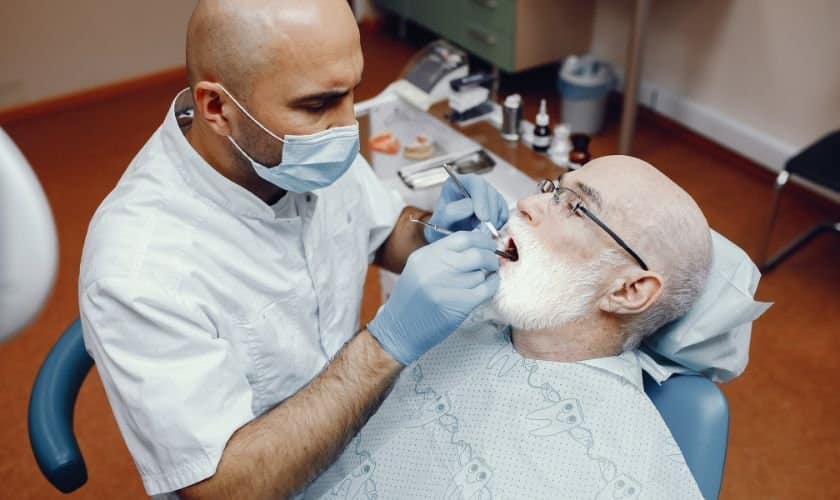
Tooth extraction involves removing a tooth from its socket in the jawbone. It becomes necessary due to various reasons such as severe tooth decay, infection, overcrowding, or trauma. In cases where a tooth cannot be saved through other dental procedures, extraction becomes crucial to prevent further complications like infection spread or damage to surrounding teeth. But do you need anesthesia in every tooth extraction case? Let’s find out the answer here.
Types of Anesthesia Used in Tooth Extraction
1. Local Anesthesia: This is administered directly to the extraction site, numbing the area and blocking pain signals from reaching the brain. It is commonly used for simple extractions.
2. Sedation Anesthesia: Utilized for more complex or anxious patients, it induces relaxation or drowsiness. Options include oral sedatives, intravenous (IV) sedation, or inhalation sedation (nitrous oxide).
3. General Anesthesia: This type is reserved for extensive procedures or patients with special needs. It induces unconsciousness and a total lack of awareness. It is typically administered in a hospital setting by an anesthesiologist.
4. Regional Anesthesia: This type of anesthesia targets a specific mouth region, such as nerve blocks, to effectively numb larger areas.
5. Topical Anesthesia: It is applied as a gel or spray to numb the gum’s surface before the injection of local anesthesia, reducing discomfort during needle insertion.
Do You Need Anesthesia for Tooth Extraction?
Anesthesia is typically necessary for tooth extraction to ensure patient comfort and minimize pain during the procedure. Local anesthesia numbs the extraction site, making the process relatively painless. Sedation anesthesia, including oral or IV sedation, helps relax anxious patients. General anesthesia, inducing unconsciousness, is reserved for complex cases or special needs. Regional anesthesia targets specific areas, while topical anesthesia reduces discomfort during injection. Each type serves a unique purpose in providing effective pain management and ensuring a smooth extraction experience. Overall, anesthesia is crucial in facilitating safe and comfortable tooth extraction procedures for patients.
Tips For Choosing the Right Anesthesia
1. Consultation with Dentist: Discuss your medical history, anxiety levels, and preferences with your dentist to determine the most suitable anesthesia option.
2. Consider Procedure Complexity: Simple extractions may only require local anesthesia, while complex procedures might benefit from sedation or general anesthesia.
3. Personal Comfort Level: Assess your comfort with dental procedures and anesthesia. If you have anxiety or fear, sedation options can help you relax.
4. Health Factors: Consider any medical conditions or medications you’re taking that may influence anesthesia choices. Your dentist will need this information to ensure safety.
5. Cost and Insurance Coverage: Understand the costs of different anesthesia options and check if your insurance covers them. Balance quality of care with financial considerations to make an informed decision.
Wrap Up!
Consulting your dentist is paramount in selecting the right anesthesia for your tooth extraction. To ensure a tailored approach, they consider your medical history, procedure complexity, and personal comfort. Remember, the right anesthesia choice enhances your comfort and safety during extraction. Additionally, post-operative care, including pain management and avoiding certain foods, aids in smooth recovery. For expert guidance and personalized care, trust Dentist San Juan Capistrano to make your extraction experience as comfortable as possible. Schedule your consultation today for a stress-free dental experience!





